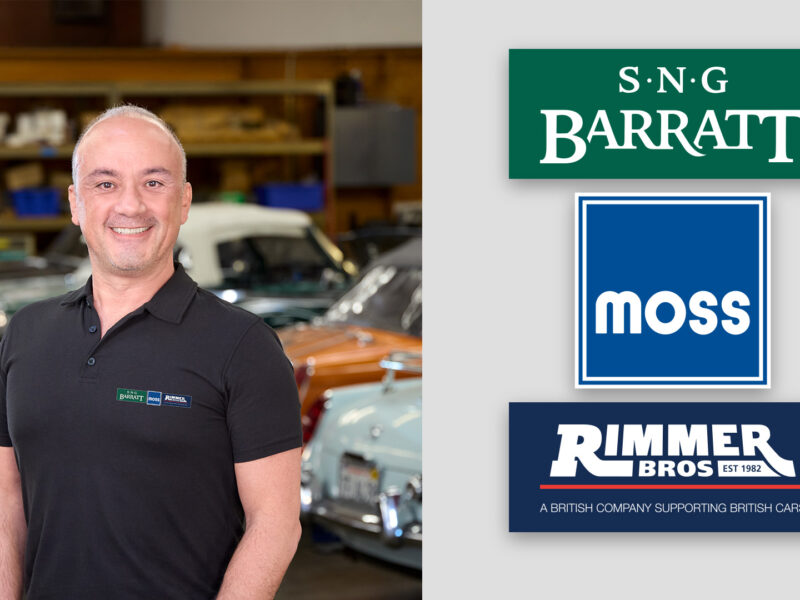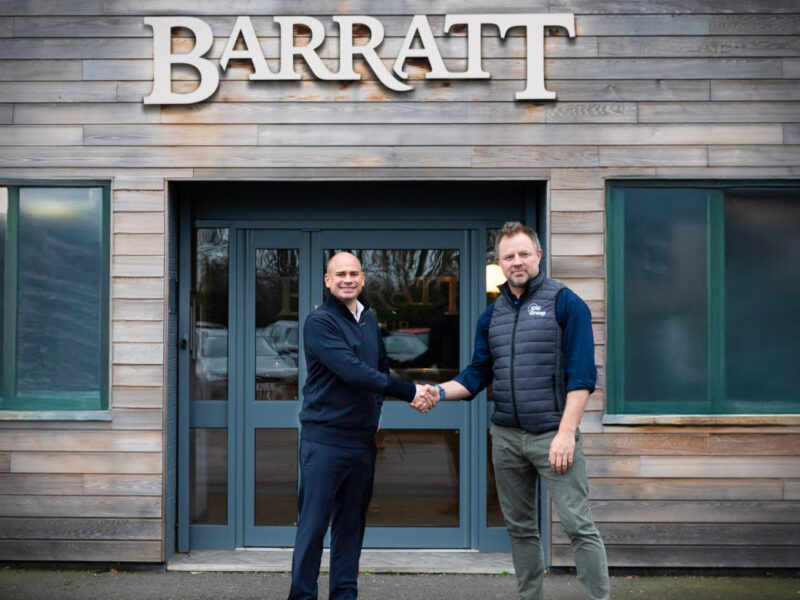Triumphs have been getting me from here to there for 40 years! Nobody does anything to my TR if there’s any way I can do it myself. That’s how I learned the following things the hard way.
A Positive Change
Your TR2/3 is positive ground. After installing new battery cables, with negative going to ground and switching the two wires on the ammeter, changing the coil, and depolarizing the generator, it becomes a negative ground! Sound too simple? Believe me, it works.
It took about three years on and off of thinking and questioning before I felt I knew the answer. A letter from an electrical engineer confirmed what I had thought, and I made the switch.
CAUTION: disconnect your radio/tape deck before the polarity change. This only changes the electrical components that run the car—if electrical components do not have a + or a – switch, they would have to be isolation mounted. This works with standard ignition setup, but if electronic ignition is installed after changing polarity, a few problems might occur. However, think of the choices of new equipment now available!
Easier Trans. Replacement
Replacing the transmission is made a lot easier if you fashion two 3″-4″ studs and use them to guide the transmission into position. Just screw the threaded end into the engine and the trans. will slide right into position, with the matching holes in the transmission bellhousing penetrated by the stud ends. I use the horizontal holes furthest apart.
Watch the Oil Level
If your transmission oil is 90 SAE, you can cruise around in start-and-stop traffic for years and not experience any problems. However, cruise along an open road on a nice hot day at 60-70 mph for a couple of miles with the transmission oil 1/2″ too low, and you’ll burn out the countershaft front needle bearing! The rollers break up and wipe out every bearing in the transmission, the counter shaft, and the counter shaft hub.
Look at the transmission cut-away drawing in the factory manual. How does the oil get to that front needle bearing? Besides squeezing past close-fitting parts, oil must flow through the hole in the countershaft, exiting into the countershaft hub and flowing forward. This might be OK, except that the steel bushing in the path of the flow catches the oil and then slings it out through the holes drilled in it and the countershaft hub.
The shaft should have been drilled through to an exit near the front needle bearing, and in 17 years of driving my TR2, the problem never occurred using 30/50 SAE. My home remedy was to cut four notches in the countershaft thrust washers, using a 3/8″ rat-tailed file, and notching the transmission case to match.
More Clutch Love
Cleaning out the clutch hydraulics and refilling with silicone brake fluid will greatly increase the life of the system. Adjust your diaphragm clutch just enough to disengage; overflexing will make it unusable.
It Just Fell off, Officer!
Look at the lower wishbone inner fulcrum bracket. Just one bolt holds it to the frame. The later TR6 has two bolts—why? Because with the single bolt, the frame mounting fatigues, breaks, and the wheels fall off! I was lucky—my wheel fell off at about 20 mph while making a tight turn. Double bolting can be done right on the car. (Moss has a two-stud bracket, #661-595. —Ed.)
Electronics for TRs
If you’re not a stickler for originality, then doing away with the distributor, points, etc., by installing an electronic ignition system with photocell is the way to go. 30 years ago I had to make my own setup, but now there is a setup ready to install. It really makes a difference (in a positive way, of course), and your four-cylinder will think it’s a smooth-running six! To keep it cool, mount the amplifier inside the cockpit with two or three washers between the amplifier and firewall, under the mounting screws. There is NO cool place under the hood in the engine compartment, and heat is the greatest enemy of electronics.
Alternative Wisdom
The original Lucas generator gave me too many problems, and over 25 years ago I began using an alternator. When this installation was made, it was necessary to use an external regulator. Nowadays, a small alternator with one wire hook-up is easy to find, as with the external regulator the wiring gets too involved. It’s given me really good service and I don’t have to carry a spare, which might be a good idea if you stick with the Lucas!
Slippery Sniff
Molybdenum-Disulfide visually resembles graphite powder. However, it’s a much better lubricant. Moly works in suspense and would be extracted by a fine filter, so it’s not for the engine. Moly is great for the transmission, universal joints, front wheel bearings, the differential, and any place with a grease fitting.
I hope the foregoing will help other Triumph owners to enjoy these wonderful cars!
—J.R. Hill, Torrance, CA







'Cures Worth Considering: Triumph Tech' has no comments
Be the first to comment this post!